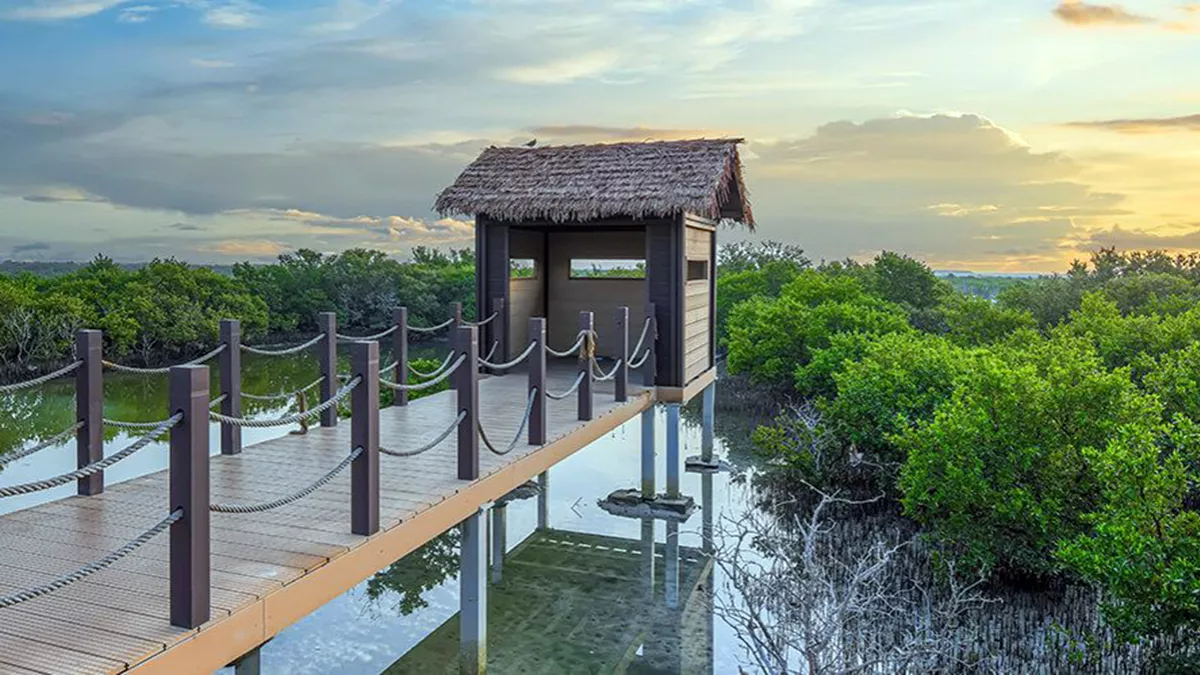
Over the past few years, those in charge of the country's environment sector have succeeded in doubling the area of mangroves, from 9 km along the country's coast to 14 km three years ago.
Environment officials are working hard to protect and develop mangroves and expand their areas. The Ministry of Environment and Climate Change has cultivated mangroves in four areas on the northern and eastern coasts, after initially being limited to the Al Khor and Al Takhira areas.
Now there are many different areas where mangroves are growing in thousands of hectares. Mangrove cultivation has been successful in Al Ruwais, Umm al Haul, Fuwairit and Ras Matbakh.
Qatar's efforts to protect the environment have been a huge success. In 2014, more than 23 percent of the country's land area was designated as nature reserves.
There are 12 nature reserves such as Al Arikh, Al Taqira, Khor Al Adeed, Rifa, Umm al Amad, Umm Kharn, Al Sani, Al Reem, Al Shihaniya, Al Mashabiya, Al Wasail and Wadi Sultana.
The rate of extinction of the world's coastal mangrove forests is three to five times faster than the rate of deforestation worldwide.
The Ministry of Environment and Climate Change in Qatar is keen to protect, conserve and work on the development of mangroves as these forests are an essential component in addressing climate change.
Al Khor and Al Takhira are the most important areas of dense mangrove growth. The trees cover an area of more than seven square kilometers within its waters, and the height of the trees can reach four meters.
The mangroves or mangroves of Al Takhira spread over a vast area flourishing with natural vegetation in the middle of the surrounding desert.
According to Law No. 6 of 2006, the Al Takhira area with mangroves is considered a nature conservation area.
